Mesa Verde National Park protects nearly 5,000 archaeological sites, including 600 cliff dwellings, but by far the most famous is the vast dwelling known as Cliff Palace.
Constructed between 600 and 1300 AD. it is the most extensive of the Mesa Verde ruins with about 150 rooms and more than 20 circular rooms.
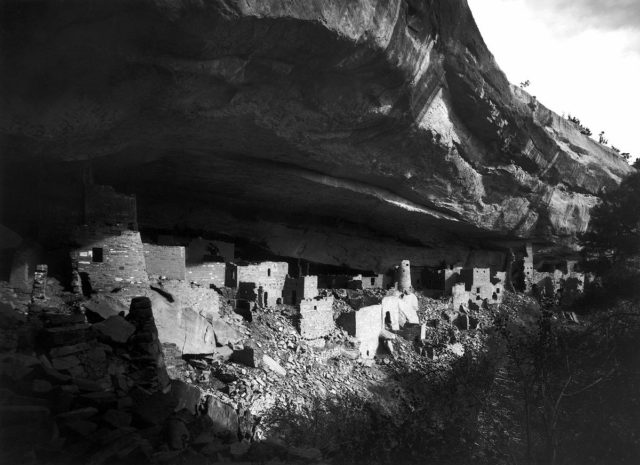
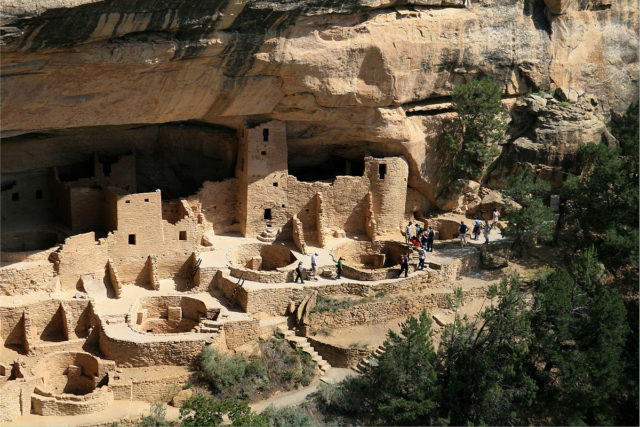
The structure was built by the Ancestral Puebloans, formerly known as the Anasazi, who had lived on the mesa tops of the Mesa Verde area for 600 years in the southwestern corner of Colorado, in the Southwestern United States. Cliff Palace was constructed primarily out of sandstone, mortar and wooden beams and the buildings originally ranged from one to four stories.
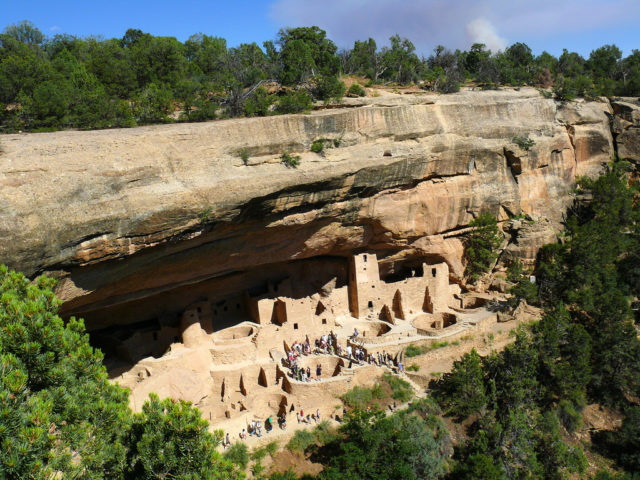
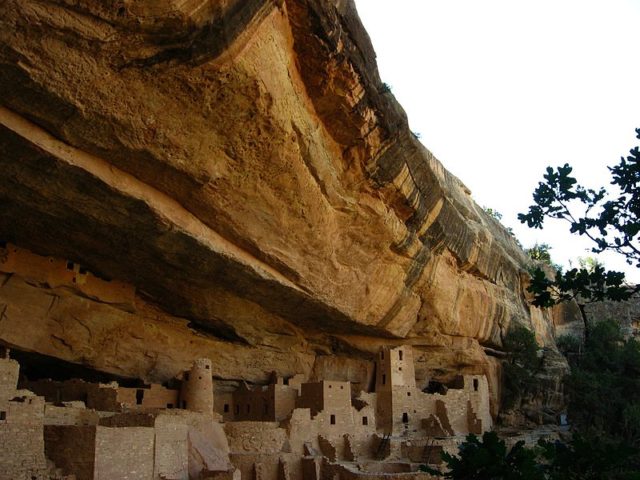
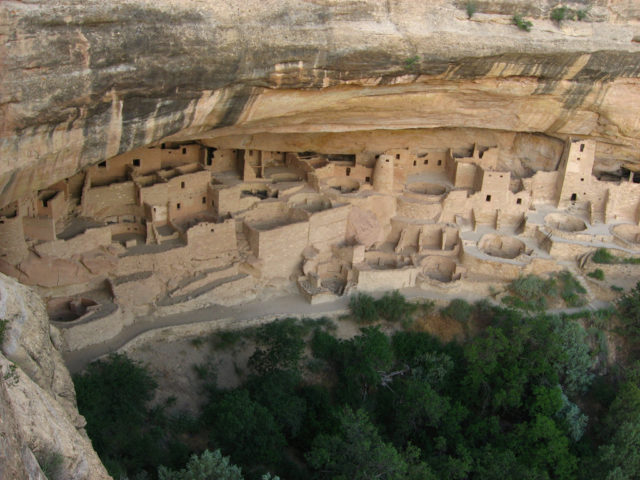
The sandstone was shaped using harder stones, and a mortar of soil, water, and ash was used to hold everything together. These stone and mortar buildings, along with the decorative elements and objects found inside them, provide important insights into the lives of the Ancestral Puebloan people during the thirteenth century.
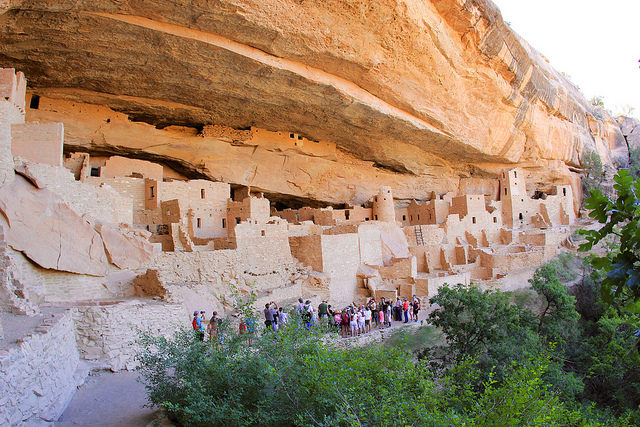
The square tower is the tallest structure at Mesa Verde standing at 26 feet tall, with four levels. The tower was in ruins by the 1800s but The National Park Service took over and restored it to its approximate height and stature, archaeologists are still uncertain as to the exact use of the tower.
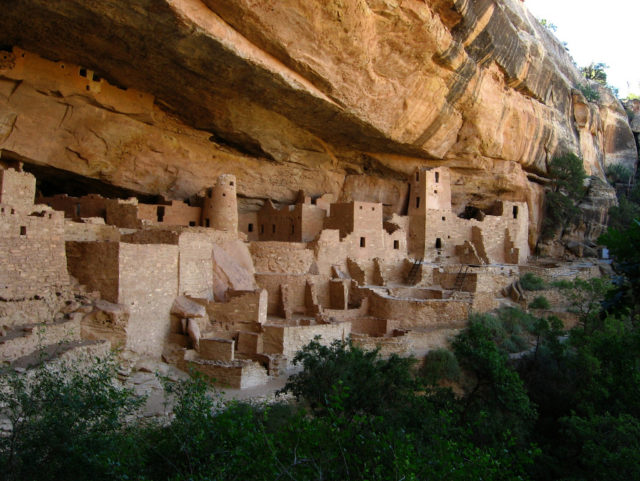
There were about 100 people living in the community with 150 rooms and 23 kivas (round sunken rooms of ceremonial importance). A kiva typically had a wood-beamed roof held up by six support columns made of masonry above a shelf-like banquette.
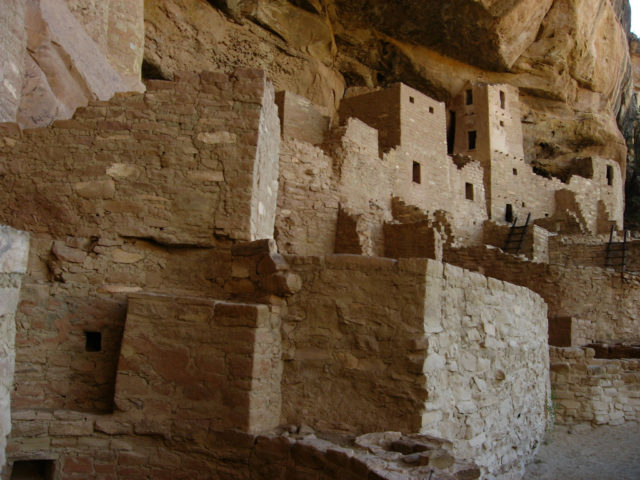
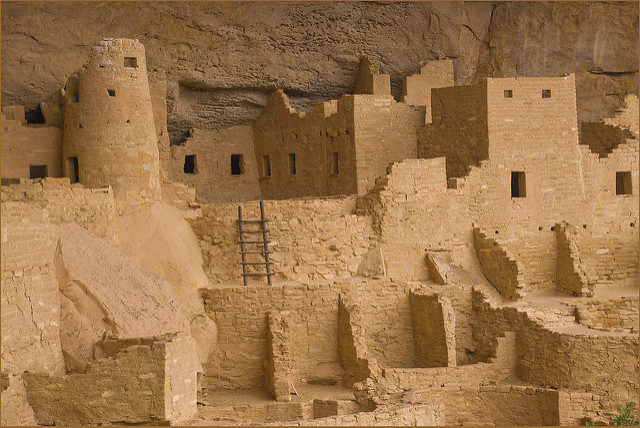
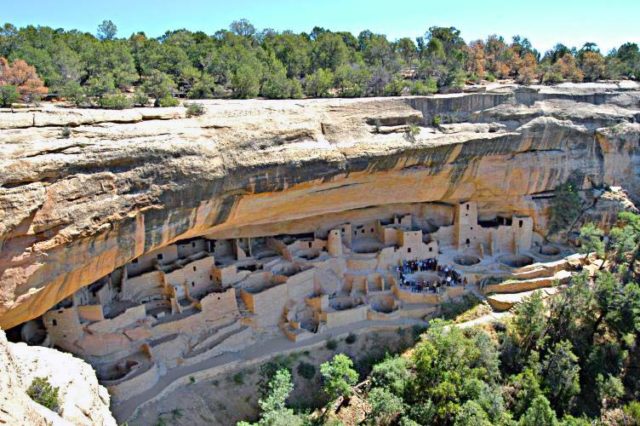
The entire structure is partitioned around one kiva, by a series of walls with no doorways or other access portals. Each living room might have been used by three or four people in a household. The population of Cliff Palace began migrating south by the late 1270s, and the village was abandoned by the year 1300. Some believe a series of megadroughts interrupting food production systems is the main cause.
Mesa Verde National Park was established to protect the cliff dwellings in 1906. Cliff Palace is a remarkable reminder of this land’s vibrant history, which goes back hundreds of years before European colonization.
